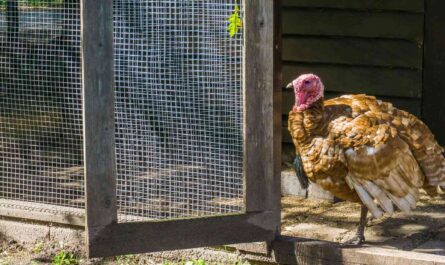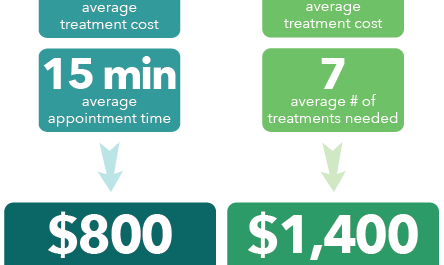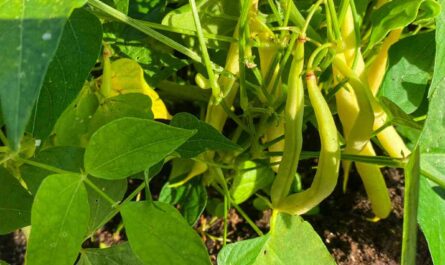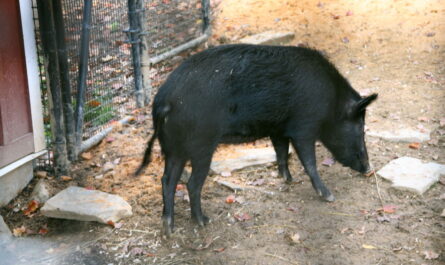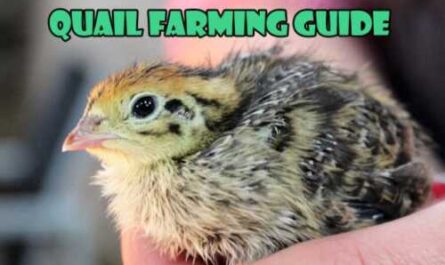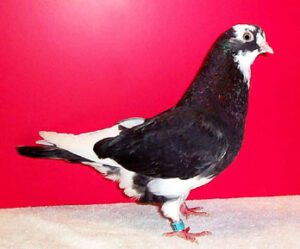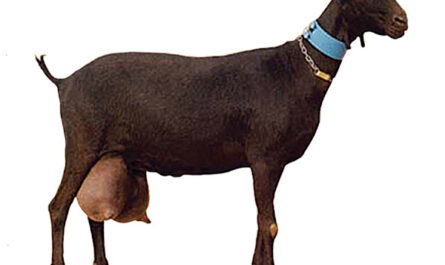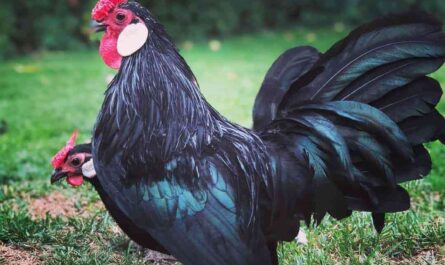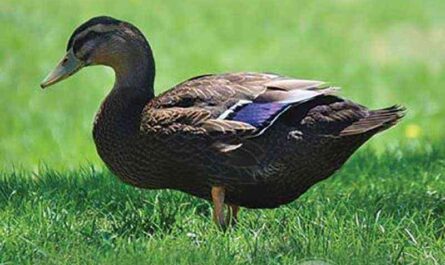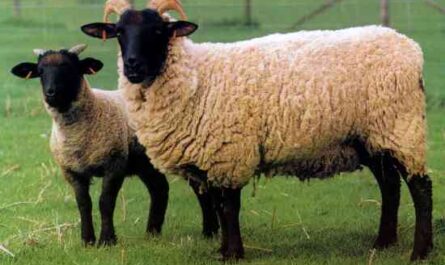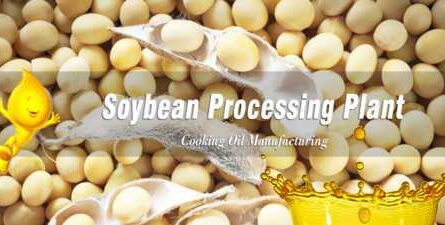If you are a gardener and have a garden plot, you should definitely try growing potatoes (Solanum tuberosum).
Potatoes are the most common staple food and are relatively inexpensive to buy in any market.
But potatoes grown in your garden have a wonderful aroma and taste. And the texture of home-grown organic potatoes is much better than that of store-bought potatoes.
Typically, a raw potato contains 2% protein, 17% carbohydrates, 79% water, and a negligible amount of fat. Potatoes are actually eaten in different ways around the world.
Growing potatoes in the vegetable garden
Growing potatoes in your garden is relatively easy and simple. You can easily grow tastier potatoes in your garden if you follow a few simple steps.
Here we take a closer look at how to plant, care for and harvest organic potatoes in your garden.
Choose a variety of potato
Worldwide, there are about 4,000 varieties of potatoes. Among these varieties, there are several varieties that have specific agronomic or culinary characteristics.
Generally, potato varieties are divided into several groups based on their common characteristics such as purple, yellow, red, and white.
Among the many varieties of potatoes on the market, red potatoes and oval baked potatoes dominate.
The texture of different potato varieties (even more so than the taste) varies greatly from variety to variety.
However, you will need to choose a variety that grows well in your area. You can consult a specialist in your field for more specific advice.
Some popular potato varieties are Katahdin, Kennebec, Elba, Irish Cobbler, Norland, Mountain Rose, Viking, Blue, Red Pontiac, and Chieftan.
Harvest/buy potatoes
Seed potatoes are not seeds at all. Seed potatoes are full-sized potatoes that grow from the eyes of the potato.
You’ve probably noticed it when you keep potatoes in the kitchen for too long.
Thus, collecting quality seed potatoes is a must when growing potatoes. You can buy seed potatoes in stores or order online.
It’s time to grow potatoes
Potatoes grow well in cool weather. If you live in northern regions, you can grow potatoes 1-2 weeks after the last spring frost.
But if you live in areas with a tropical southern climate, you can grow potatoes as a winter crop. In fact, potatoes can be grown at soil temperatures between 7 and 13°C.
Soil preparation
Potatoes grow well in fertile, well-drained, loose soil. Usually, sandy soil is considered the best for growing potatoes.
Prepare the soil by mixing in well-rotted manure or homemade organic compost.
planting
Choose a well-drained, sunny spot to plant potatoes. There are actually two ways to start growing potatoes in your garden.
Below we will briefly discuss these two methods of planting potatoes.
trench method
The trench method is a very old way of planting potatoes. In this method, you will need to dig a shallow trench (about 6 inches deep) and place the seed potatoes in it.
Then cover the potatoes with a few centimeters of soil. As the potatoes grow on the sides of the plant, constantly lift the soil.
This will help keep the soil loose around the developing tubers and protect the surface tubers from sun exposure.
Dissemination method
The potato spreading method means “simply placing the seed potatoes directly on the ground, then covering them with a few inches of mulch.” As the plants grow, you will need to continue to lay down the mulch.
Caring for potato plants
Once planted, seed potatoes require extra care for best growth and maximum yield. Follow the potato care instructions below.
Feed / fertilizer
Potatoes don’t really like rich soils. Potatoes will grow well and be happy if the soil has a good amount of organic matter and the pH is neutral to acidic. Although the use of organic fertilizers, such as compost tea, is appropriate.
tearing
Potato plants need lots of water to grow well. Water your plants regularly. You should water the plants at least one inch per week.
Mulching
Mulching is essential for seed potatoes not only to maintain sufficient moisture, but also to control weeds.
You can add organic mulch between the rows after the potatoes have sprouted.
Cannabis control
By growing potatoes in your garden, you can easily control weeds by hand.
Pests and diseases
Potato plants are very susceptible to certain pests and diseases. Information on some common potato pests and diseases is listed below.
Diseases
Late blight is a common disease of potato plants in which the leaves turn black and then mold. Discard or burn the foliage to control this disease.
Using certified disease-resistant seed potatoes can also help prevent this disease. Scab is another common potato disease.
This disease causes the plant to appear as raised, corky patches on the skin or depressions on the surface. Low soil pH can help control this disease.
harmful
Aphids and beetles are the most common pests of potato plants. Check your plants regularly and use organic pesticides if you notice aphids or insects.
Red slender wireworms also attack potatoes underground. Crop rotation can help prevent this pest.
Harvest
Mature potatoes should be harvested for long-term storage. Wait 2-3 weeks after foliage dies. Then dig up the potatoes in dry weather.
Dig carefully, being careful not to puncture the tubers. Leave freshly picked potatoes in a cool, dry place for up to 2 weeks.
This will allow the skins of the potatoes to harden, which will ultimately help you store those potatoes for a long time. That’s all ! Good luck!
video
